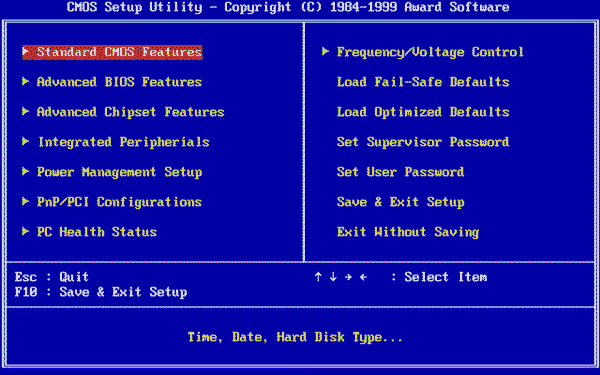
What does BIOS stand for? What is the primary function of BIOS and how is BIOS an intermediary between the microprocessor and the input/output devices? Where does BIOS reside in a system, and how can one access it?
What Is The Primary Function Of BIOS

BIOS stands for basic input/output system. When a system is booted up, the first CPU performs is it connects itself to the BIOS checks all the hardware connections and locate all the devices if everything seems to be perfect the BIOS loads the operating system on the boot-up process is finished.
The BIOS can be called as an intermediary between the microprocessor and the input/output devices because in case input or output devices is changed the operating system or any program in the system is not required to be updated of this change, only the BIOS is required to be updated. One can access the BIOS by pressing the F2 button as the boot-up process initiates.

What Is The Primary Function Of BIOS

In computer, the term “BIOS” stands for “Basic Input/Output System”. It is the program hard-coded to the motherboard which the processor uses to start the computer after you turn it on. It handles and stores the configurations of the hardware or devices you install on your computer like the hard drive, video card, sound card, memory card or memory module, processor, and so on.
Accessing the BIOS is quite easy. Right after you press the power button on the CPU, press Del, Delete, F2, or whichever key is used to go to the BIOS. You can see the correct key to use on the startup screen or in the BIOS screen. The cooling system of the CPU is also handled by the BIOS.
You can set the cycle rate or the speed of the rotation of the cooling fans in the BIOS or let it handle the speed according to the current temperature reading.














